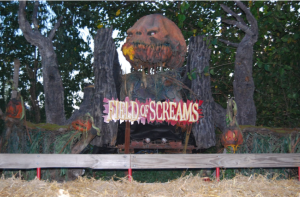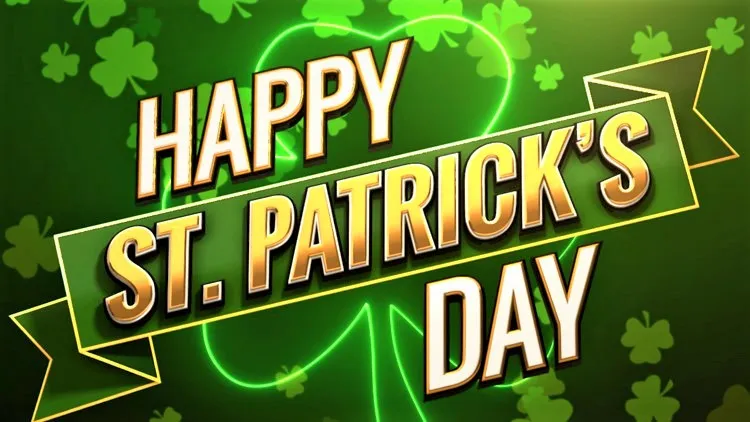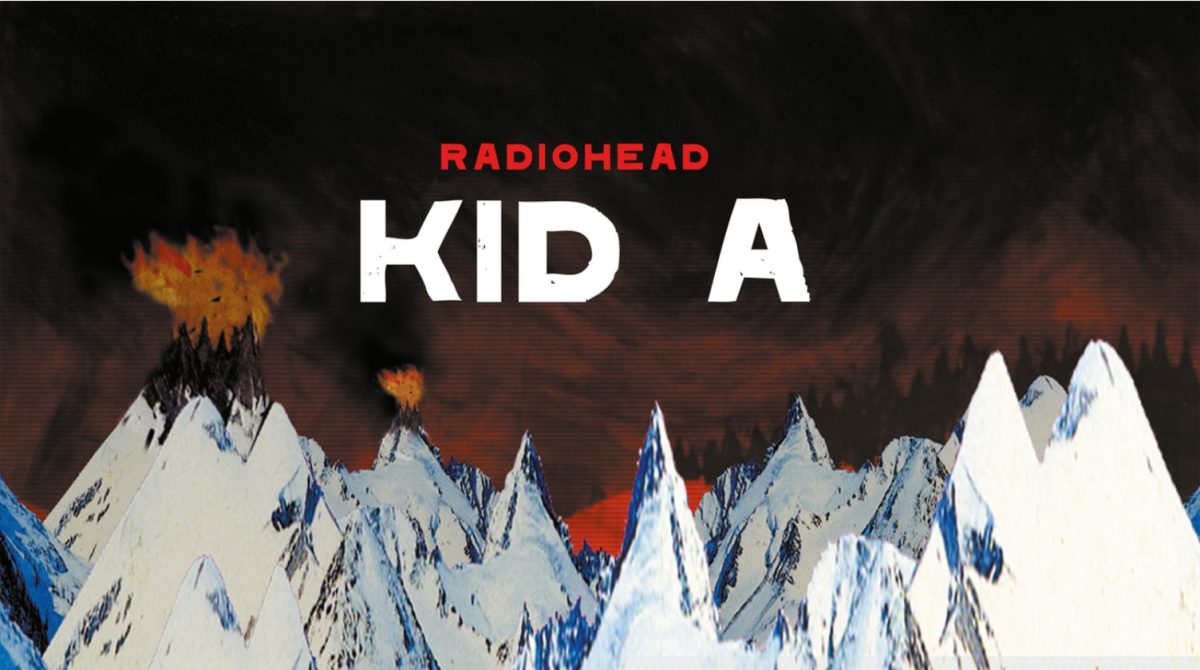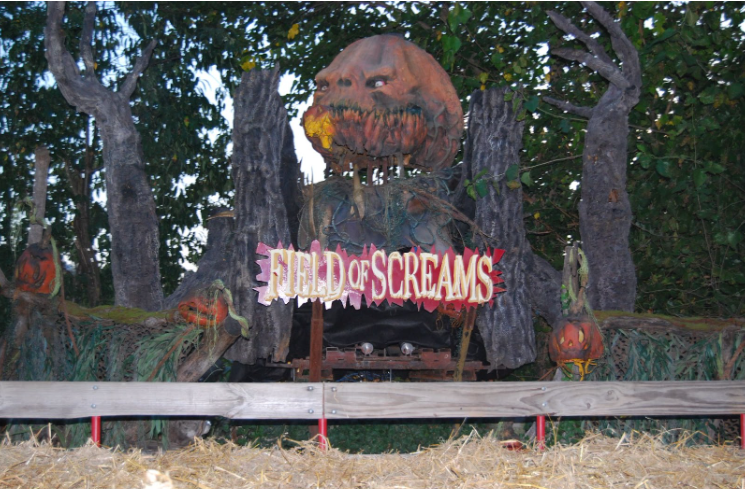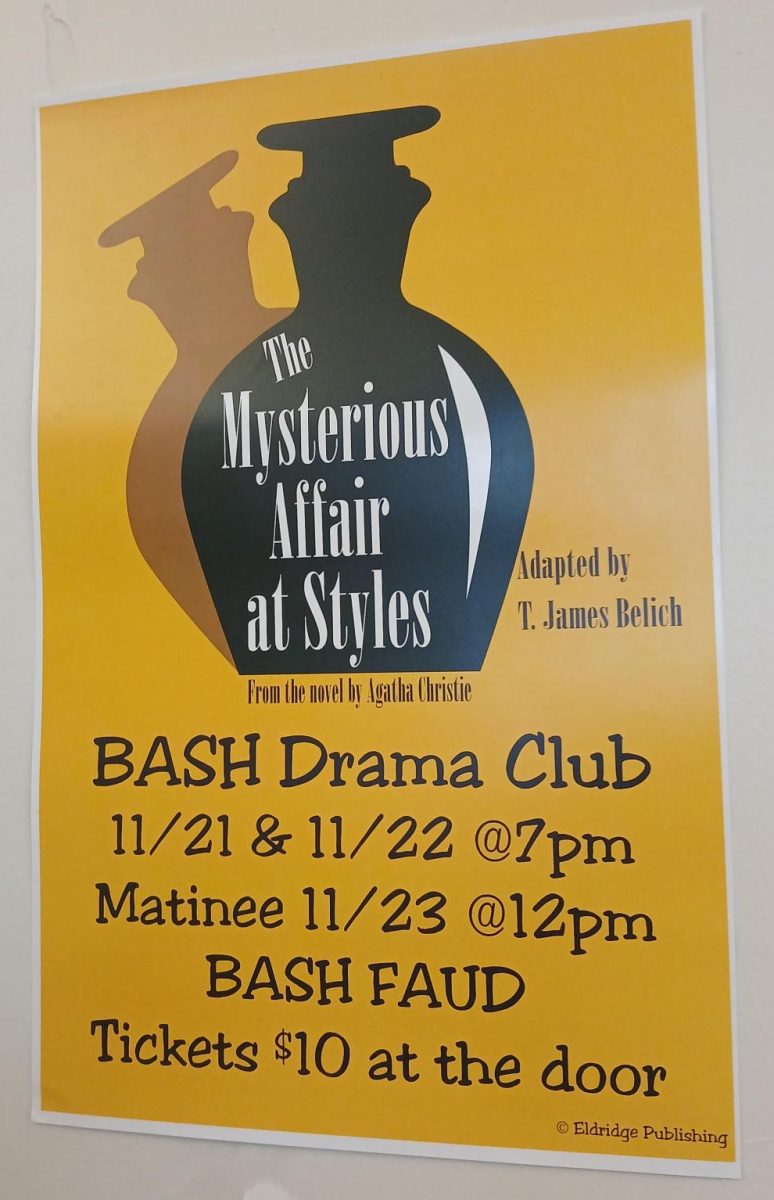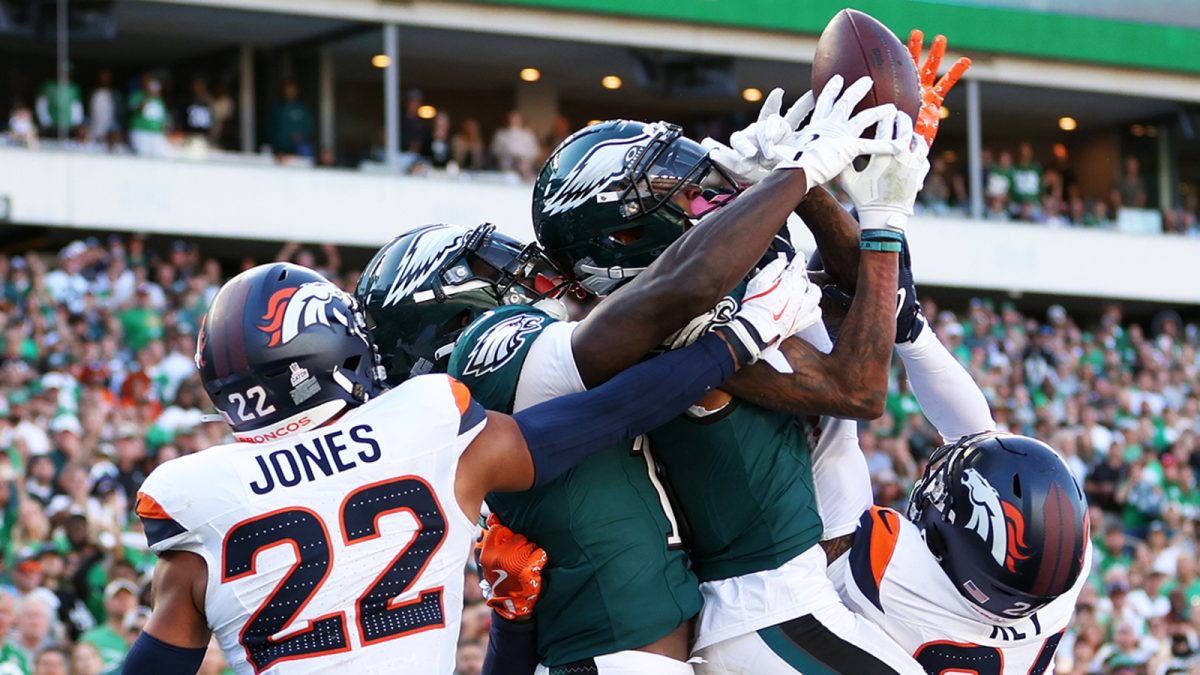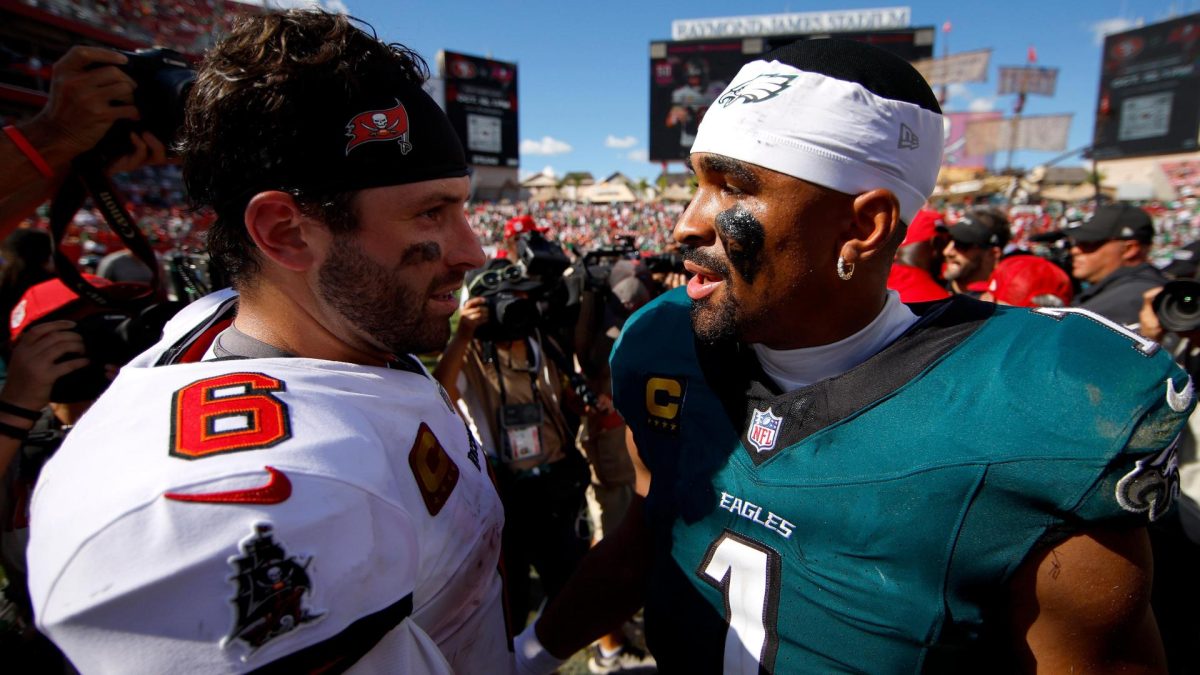When you think of all things green, lucky clovers, and gold at the end of the rainbow, Saint Patrick’s Day probably comes to mind. For Americans, Saint Paddy’s may be just an ordinary day, but for others, it might be a chance to have a fun party, and for kids, trying to catch a leprechaun and receive chocolate gold coins. Yet, many still focus on the origins of where Saint Patrick’s day came from.
Saint Patrick was estimated to be born around the 4th century In Roman Britain. At just 16 years old Saint Patrick was kidnapped and enslaved in Ireland for 6 years. He was able to escape and return home where he would enter priesthood. Saint Patrick decided to return to his once enslaved home to bring Christianity to the country, where today 90% of people claim to be affiliated with the religion. While bringing Christianity to Ireland, Saint Patrick is known for establishing schools, churches, and monasteries.
Legend has it Saint Patrick drove all of the snakes out of Ireland, now all that remains are lizards. Legends of him also proclaim he used the 3 leaf-clover to help people understand the Trinity in the Christian church.
Saint Patrick is believed to have died on March 17th, hence the reason Saint Patrick’s Day is celebrated on that day. Though he died within the 4th century, the original celebration of him started around the 9th century. The celebration was a Roman catholic feast, people would attend a church service in the morning and would finish the day with feasting on traditional Irish foods. The traditions became more and more spirited where people would dance and drink to celebrate the national apostle. This holiday fell in the Christian’s season of lent, so people would use this holiday to take a break from their fasting for one day.
Heading all of the way into 1601, America had its first Saint Patrick’s parade. This took place in what is now St. Augustine, Florida. Immigrants from Ireland continued to make this holiday more extensive. Famous Irish foods such as corned beef, cabbage, and Irish soda bread were feasted on; food brought bigger and more secular celebrations.
On March 17th, 1762 came the first New York city parade. During the revolutionary war Irish soldiers were homesick in America. To honor the saint and celebrate the holiday, soldiers marched through New York singing traditional songs, speaking Irish, playing their pipes, and wore green to honor their country, which in turn influenced Irish Immigrants as well.
When most people think of Saint Patrick’s Day, visions of leprechauns probably comes to their minds, yet they have absolutely nothing to do with the patron saint of Ireland at all. Leprechauns are most likely famous on this holiday because of how dedicated this day is to Irish culture. These creatures are found in Irish folklore which really took off in the 8th century. Funny enough their name means little body, which is what they are most famously depicted by, and are known for making wishes.
The celebratory holiday traditions have actually traveled back to Ireland, with Ireland adopting the more secular American traditions. Even greater celebrations to commemorate this holiday include Chicago dying their river green, some of the largest parades like New York and Chicago, and people all over wearing green and shamrocks. Saint Patrick’s day is thick with traditions, culture, history, faith, and celebrations.






